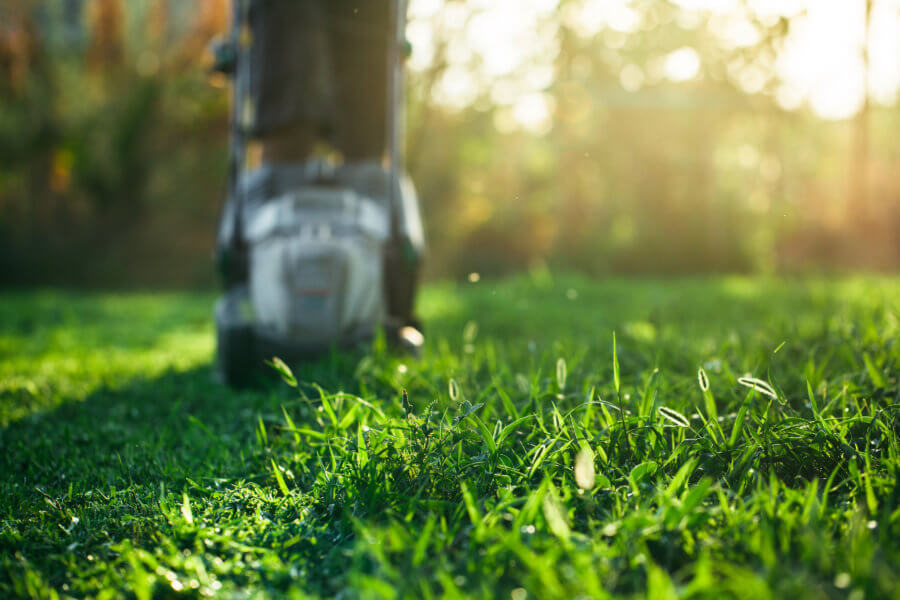
Lawn Care – Don’t Mow with Dull Mower Blades!
A beautifully manicured lawn can make your property the envy of others in your Florida neighborhood. However, if your lawnmower has dull blades, you won’t be able to achieve this look. Not only that, but you may actually be doing your lawn more harm than good.
Here’s what you need to know about the risks and how to tell if they are dull, and what you can do to keep them sharp.
The Problem with Dull Blades
When your lawn mower blades are sharp, they slice through the grass easily and cleanly. With dull blades, on the other hand, the mower will tear the grass rather than cutting it. If your blades are extremely dull, they may even rip the grass out from the roots. Tearing and yanking is incredibly stressful for your lawn, and it will take more time to recover after each mowing.
When your lawn is stressed, it focuses more of its energy on healing. This means that it won’t have as much energy to fend off pests and diseases. The stress of mowing with dull blades can leave your lawn more susceptible to these hazards, creating even more work for you when it comes to caring for your grass. In extreme cases, your lawn can even begin to die off.
Not only are dull blades bad for your lawn, but they have negative impacts on your mower as well. When your blades are dull, the lawn mower has to work harder to get the job done. This puts added strain on your lawn mower, potentially leading to other problems and shortening its life span.
How to Tell When Your Mower Blades Need to Be Sharpened
Fortunately, it is relatively easy to determine whether your blades are dull. Take a look at your grass a day or two after mowing. If you notice that the tips are turning white or brown, it is likely that your blades need sharpening. To be sure, take an even closer look at the tips of the grass. With sharp blades, you’ll see smooth, clean edges, but with dull blades, the tips will look more like they have been shredded. As we mentioned above, this shredding is bad for both the health and appearance of your lawn.
How to Sharpen Your Blades
Your specific schedule for blade sharpening will depend largely on the size of your lawn. Of course, with a larger lawn, you’ll need to sharpen the blades more frequently than if you have only a small patch of grass to mow. On average, though, you should expect to need to sharpen your blades a few times a year to keep them at their best.
If you are relatively handy, you can sharpen the blades yourself with a grinder. The blades should be sharper than a butter knife, but don’t necessarily need to be sharp enough to break skin. After sharpening, take care to ensure the blades are balanced to avoid damaging the mower. If you are unsure about sharpening and balancing the blades on your own, you also have the option of having them sharpened at a garden or home improvement store.
To keep your mower blades sharp, inspect your lawn before mowing, and remove any sticks, rocks, or other debris that could damage the blades. Cleaning and drying the blades after each mowing session can help as well, as can following the best mowing practices. If you notice gouges or large chunks missing from the blades, you may be better off replacing them outright rather than continuing to try to maintain them.
Restore Your Lawn
If your lawn has already been severely damaged through mowing with dull blades, it may not be able to bounce back to health on its own. Fresh sod can replace damaged grass to restore the beautiful appearance you love so much. Here at Duda Sod, we are proud to provide sod for sale throughout Florida. Our team can help you choose the best grass variety for your property and arrange the installation for you as well.